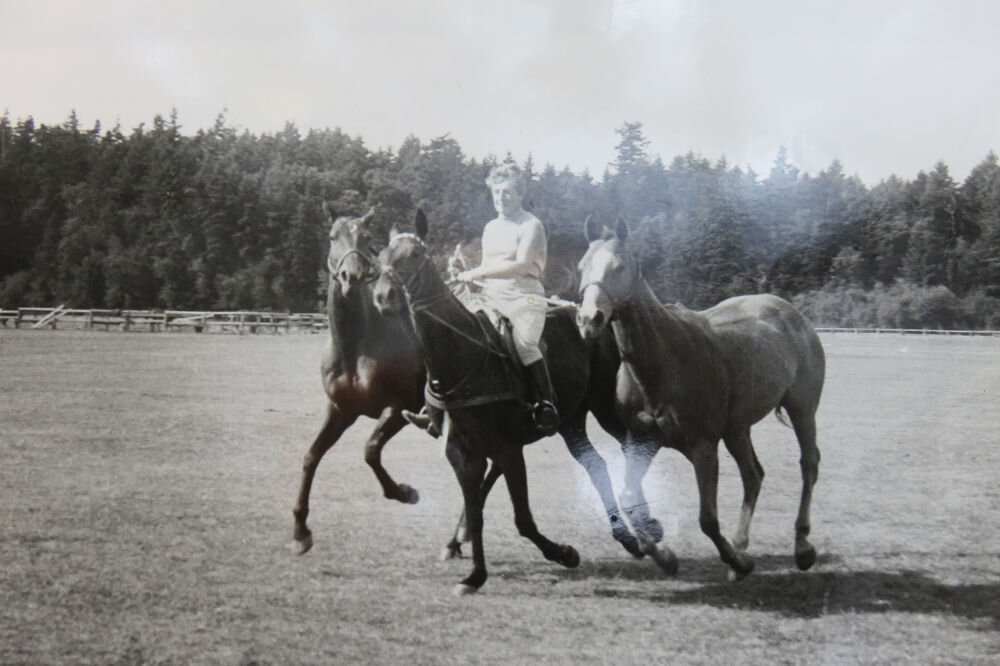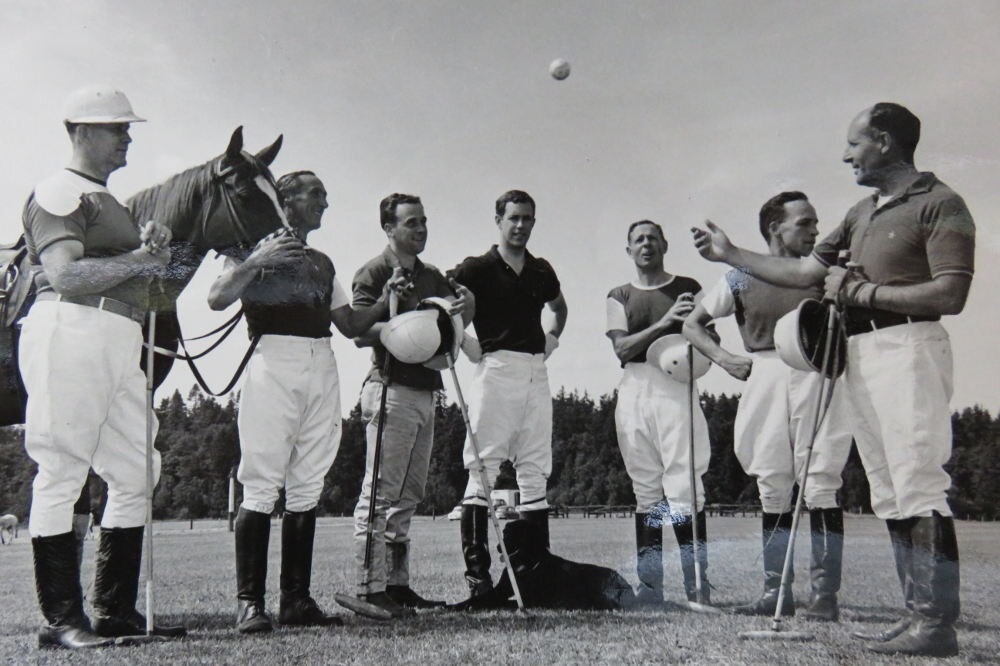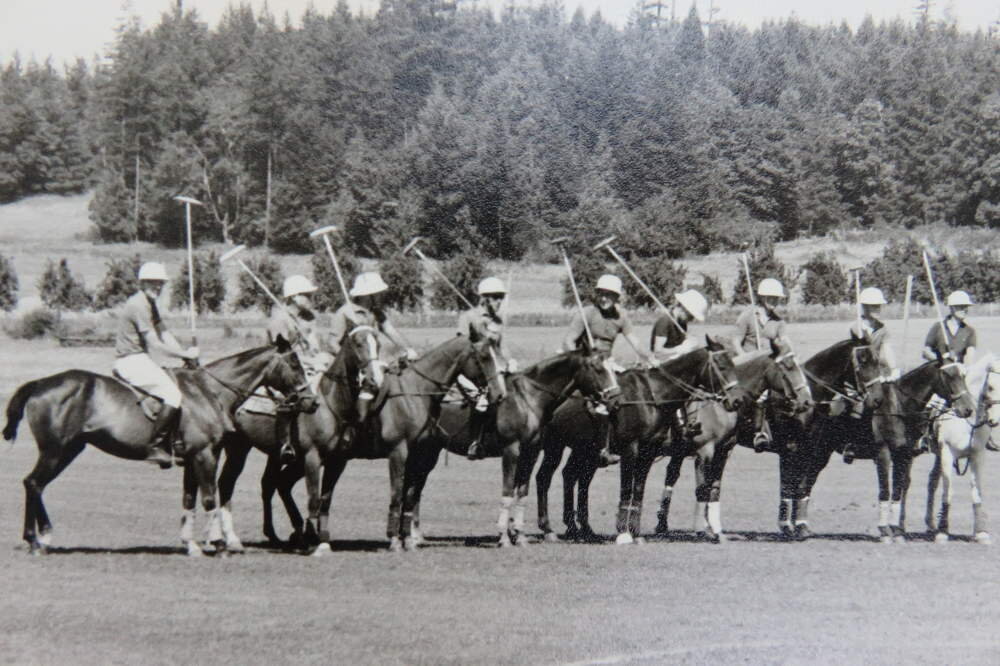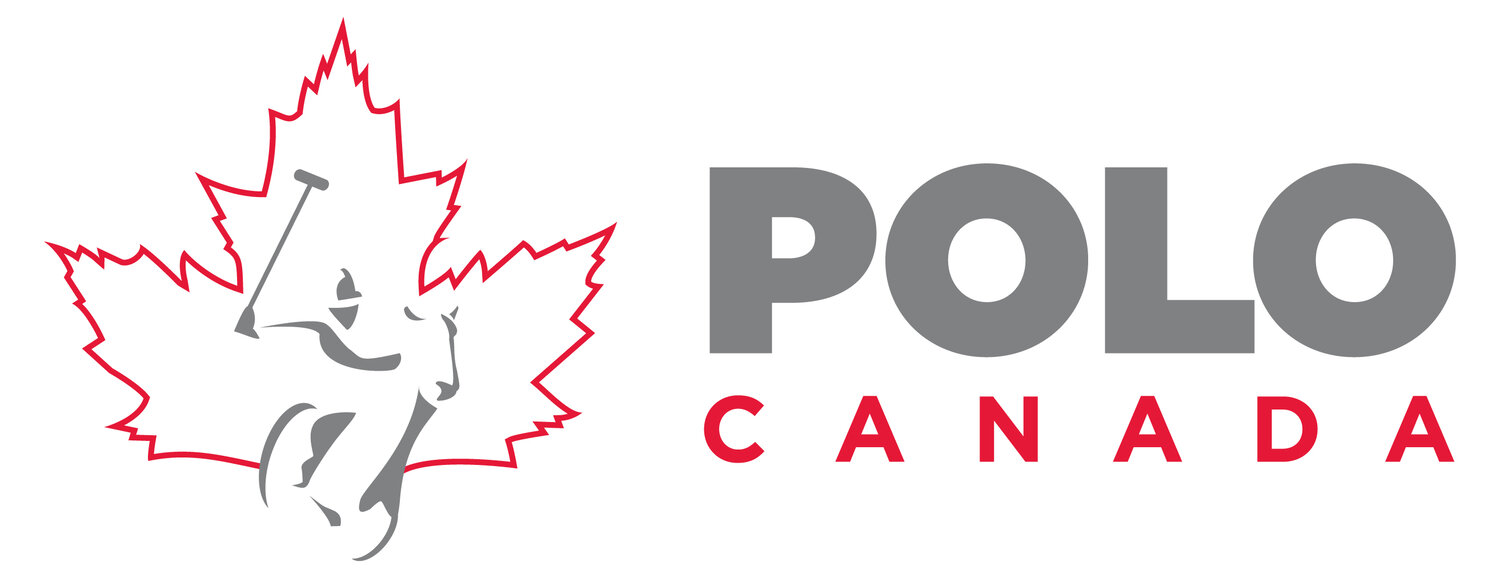
History
Polo: A Brief History Of The Game
Polo is a game that originated in Persia and over the centuries spread throughout Asia. Polo was probably first played on a barren campground by nomadic warriors over two thousand years ago. Valuable for training Calvary, the game was played from Constantinople to Japan by the Middle Ages. Known in the East as the Game of Kings, Tamer Lane’s polo grounds can still be seen in Samarkand.
British tea planters in India witnessed the game in the early 1800’s, but it was not until the 1850’s that the British Calvary drew up the earliest rules and by the 1869’s the game was well established in England. James Gordon Bennett, a noted American publisher; balloonist, and adventurer, was captivated by the sport and brought it to New York in 1876 where it caught on immediately. It was shortly after this that polo first came to Canada.
The History Of Polo in Canada
Polo was first played in Canada in 1878 by British garrison officers stationed in Halifax. The game was more widely played in western Canada, however, and by 1889 weekly matches were organized in Victoria between garrison teams and British naval officers.
The oldest polo club in Canada is the Calgary Polo Club, and it is also the only club in Canada to continually operate since its inception in 1890. English officers and gentlemen who had gone into ranching put together polo teams for leisure and sport. Because horses and ranching were such a large part of everyday life in Alberta, the sport took off in popularity. The game provided entertainment and social gatherings between neighboring ranches and towns. Historical records show that although polo was first introduced through English and military origins, it was by no means restricted to the privileged. Early club membership rosters from clubs across Alberta showed members who were homesteaders, cow hands and store clerks. Polo was a cowboy sport in the Canadian West and existed long before organized rodeo events came to be. By 1909, the sport had become so popular that the number of polo clubs in Alberta alone numbered 14, and there were over 20 polo clubs between Vancouver and Winnipeg.
Back in the East, polo was primarily played by the upper classes and the military. The first Montreal Club was formed in 1899 by members of the Canadian Hunt Club, and a pool was formed to buy polo ponies and to cover other expenses. A train-car load of shaggy horses from western Canada arrived, some saddle broke but little more. In Montreal the horses were selected, sent to be trained, and the fields were prepared at Mr. George Simard’s farm (he being the force behind the club). Their first game was far from brilliant, and the ball was missed far more times than it was hit. However, as the play got better, the membership grew slowly and there were games played against teams from Toronto.
While there are no formal records of when many of the eastern clubs were established, there were teams from Montreal and the Back River Clubs (Rivière des Prairies area) that played games in the early 1900’s against other clubs from Quebec and Toronto. After 1902, the teams began to move further afield for their games, including to the US.
The Toronto Club created an international tournament in 1903, and the International Cup would be awarded to the winning American or Canadian team annually. In 1905, the High River team (Calgary) won both the Canadian and American championships.
In 1904 the Eastern Canadian Polo Association was formed, initially with just the Montreal and Toronto Clubs, but soon joined by the Back River Club (Cartierville, Quebec) and Kingston (Ontario) Clubs. Then in1907 the Western Canadian Polo Association was formed, as teams began to travel outside of their local areas. Hurlingham rules were adopted as the standard of play. It was not until many years after the world wars that the Canadian Polo Association was finally established.
WWI saw the end of polo in Canada for a few years, since many of the players were in the military. However, after the war the game started up again with fervor and great interest. Sometimes polo matches and players came from most unusual circumstances. After WWI, the American and British West Indies Squadron was stationed in Bermuda and they sent a flotilla that went up the St. Lawrence River to visit Canada annually. As there was an active Royal Naval Polo Association, they always managed to put together teams on borrowed polo ponies to play with local groups 3 or 4 times during these trips. Between the world wars, Vancouver, Victoria, Kamloops, and Calgary were strongholds of polo in the West, and Montréal the leading city in the East.
After WWII, the sport suffered immensely amidst economic depression. Many clubs were decreased in size, some disbanded entirely. By the early 1950s polo was revived in Vancouver, Victoria, and Calgary; and in the 1960s clubs in southern Alberta banded together to form the Calgary Polo Club. In Toronto, polo was revived in 1958, and that city has since become a strong year-round polo Centre.
Polo Today
While many of Canada’s original polo grounds have all but disappeared, converted to golf courses or housing developments, the equestrian boom in the 1970’s and 1980’s saw a resurgence of members and infrastructure to many of the existing polo clubs, as well as the development of new clubs that still flourish today. Dr. Ross Fargey brought the game back to Winnipeg in 1974, starting the Springfield Club. That same year Dr. Cledwyn Lewis moved from England to Grande Prairie, Alberta, and founded the Grande Prairie Club. In Saskatchewan, Michael Sifton reintroduced the game and began the Saskatoon Polo Club. The Okanagan Polo Club was founded in 1988 by John Price after he moved from Toronto. It was the first Club in the area, even though nearby towns Kelowna and Vernon had supported polo teams at the turn of the century. Likewise, Fred Choate, another Toronto member, brought his love of polo with him when he moved to Montreal and began a club there. Newer clubs, such as The Greater Niagara Polo Club (est. 2019) continue to pop up as polo grows across Canada and becomes increasingly accessible to the masses.
There are numerous Canadian families that are well into their third generation of polo players, and amazingly the Roesnisch family celebrates four generations of players. Clinton “Kirk” Roenisch began playing in 1933 in Calgary and installed a passion for the game to his family that has lasted over 80 years.
History Of The Canadian Polo Association
The last time that polo was played in the Olympics was just before WW2, in 1936. After the War, the sport was removed from the official program, as its popularity declined. By the 1970’s a world-wide movement had started in the global polo community to reinstate polo as an Olympic sport. To accomplish this, each country had to have its own polo association. Since at that time Canada was part of the United States Polo Association, Michael Sifton and John Emery, both from the Toronto Polo Club, decided to start up a Canadian Polo Association to help further the Olympic cause, and to field a national team. Red Armour, a 9-goal player from the US, was brought to Canada to coach the group of players from eastern and western Canada that were selected for the national team. This was the initial push that got the association going, and although the sport to this day is not an Olympic sport, the association has successfully fielded national teams year after year to represent Canada at the Federation Of International Polo (FIP) World Cup. John Emery, the first Polo Canada Secretary, continued to build the association by going on a ‘drumbeat across Canada’, travelling the country to help new clubs get started, teaching clinics, and sharing his passion for the sport. Often accompanied on his travels by George Dell, John produced early training manuals and led the way for great things to follow. Fred P. Mannix became the next President of the Canadian Polo Association. He held this title for many years, and he played an integral role in developing the national association and helping to support the national teams, as well as promoting and growing the sport. Justin Fogarty followed on as the next President, bringing more new initiatives to the Canadian polo scene. Don Pennycook is the current President of the Canadian Polo Association, and he is dedicated to developing polo programs that will help sustain the sport in Canada for years to come.
Since the turn of the century, polo enthusiasts across Canada have overcome so many challenges to play the game they love. The miles travelled between clubs to play tournaments is staggering. In a country with diverse landscapes, and often harsh climates, this is no easy feat. From the early pioneers of the sport to the people that help make it happen today, one cannot help but admire the passion and the devotion to the game that has helped to shape the sport of polo in Canada.









